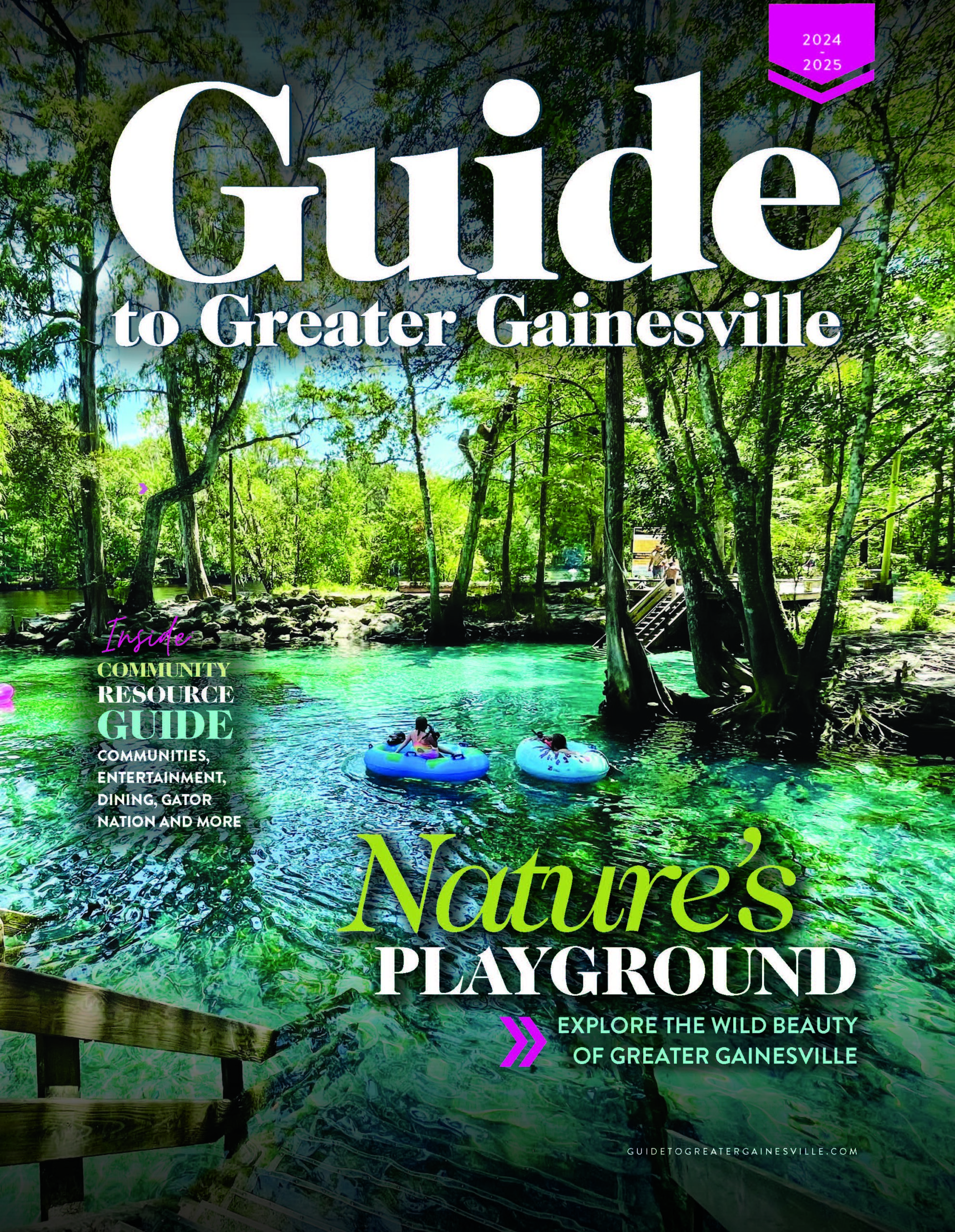USING ASSESSMENTS TO RECRUIT AND RETAIN THE BESTWish you had a crystal ball to know which folks on your team were really up for the next growth challenge? Do you wish to know which of the applicants really have the style you need — and whether it matches what they told you in the interview?
Today, organizational leaders use smaller resources and teams to meet even larger goals and accomplish challenges in much shorter periods of time than those of several decades ago. As such, recruiting and retaining top talent is more important than ever for small and large enterprises.
In the pre-employment arena, assessments as part of the interview process have become commonplace in for-profit and not-for-profit organizations as one of several screening steps taken in the search. Indeed, The Wall Street Journal noted in an article in April 2015 titled Today’s Personality Tests Raise the Bar for Job Seekers that 10 of the top 20 employers nationally now use prehire assessments and many others use them for matching talented people to the right position — even within the right department — based on cultural attributes of the organization.
In my consulting practice, I work with companies of all sizes, including small businesses and professional firms that find the information from assessments to be a great investment. Company representatives share that making better matching to the organization’s culture during the hiring phase means a reduction in turnover down the road — and a cost savings, as well.
The use of assessments for pre-hiring needs to be a fair and systematic approach, with the assessment as only one of many tools involved in the screening and selection process and not the entirety of the data used in the hiring decision. Careful monitoring needs to be done to make sure there is a process followed that is the same for all applicants. And, applicants need to agree to disclose their assessment results and understand up front that it is a key tool involved in matching candidates to the culture and role.
Equally important is, in the words of Jim Collins’ legendary book “Good to Great,” the all-important phrase of “getting the right people into the right seat in the bus.” CEOs know all too well how painful it is when team members who are really great people — and are committed to the mission and culture of the organization — are just are not a good match for the speed of change necessary or the culture of the organization’s leadership team.
And, there is nothing more frustrating to CEOs than to learn months later that folks who tell you in an interview, “I love change; I’m great at leading organizations in change” turn out to be the most change-resistant type of people, lacking what it takes to anticipate and drive change with subordinates and peers.
There are many types of assessments, and matching the correct assessment to the needs of the organization is a critical consideration. When working to help your employees learn about themselves and others, there are a number of assessments to consider.
For instance, Myers Briggs™ provides a really detailed look at an individual as does the Everything DiSC. Both tools provide online assessments and written reports. Using the tools in team building afterward with the entire team is a great use of the instruments, as well, and each have strengths that differ for those uses. Psycho-Geometrics™ takes the same information but uses shapes versus letters, which is a great tool for memorability and a more fun, casual approach. Also, shapes are universal, which provides a different application opportunity for international companies with a significantly multicultural workforce.
Everything DiSC has terrific tools to assess managers in their roles of managing and coaching employees as well as an instrument that can be used for senior leadership teams. The Work of Leaders tool measures the effectiveness of individuals and teams in their ability to do the components of creating vision, alignment and execution — the core of leadership. Its trademarked 360 instrument provides a great system for employees at all levels as well as customers to provide input for growth.
Teamwork and culture can benefit from the engaging work created by Patrick Lencioni in The Five Behaviors of a Cohesive Team. This assessment measures where the individuals on a team — management or a specific department — trust one another, engage in productive conflict, create true commitment, have valid peerto- peer accountability, and create and value team results over individual results. The work is very powerful in breaking down barriers created over a time together and instead creates a platform where people can be vulnerable and trusting.
The toolkit of resources available to companies by licensed and accredited consultants in this work can be a strong ally to CEOs who need to hire the right talent and retain the best performers. Learning about the power of information provided by style and personality assessments could be just what you need to improve your hiring and better match your existing talent to the functions your company needs going forward.


